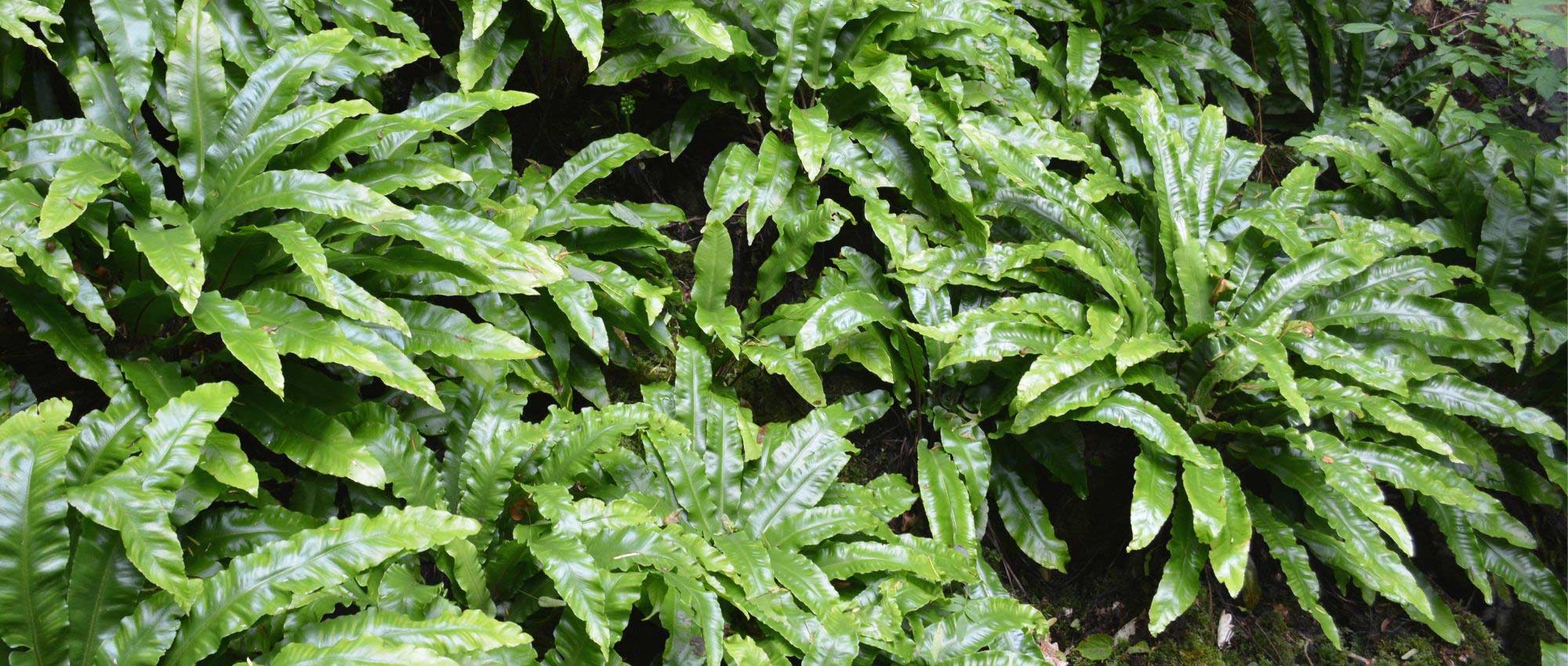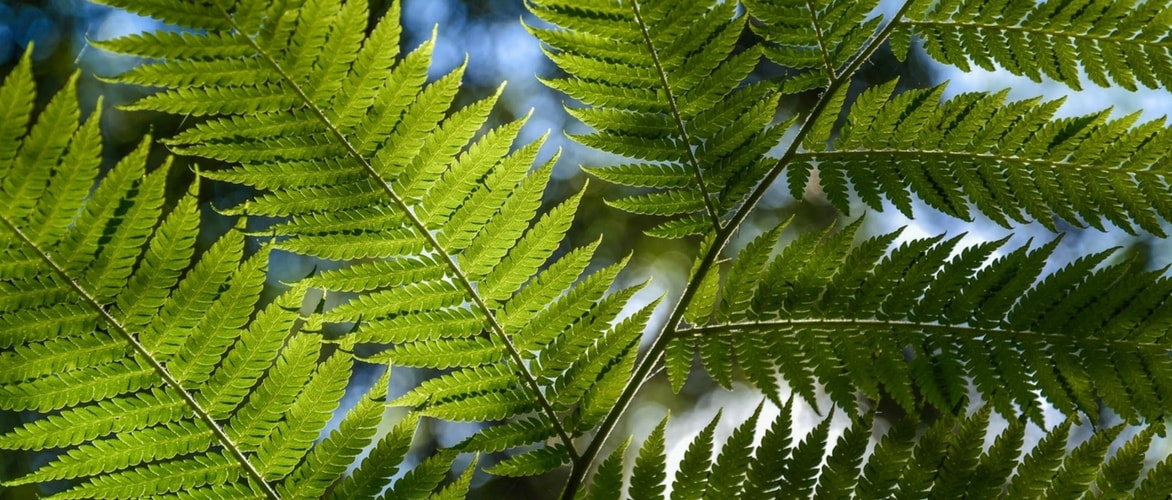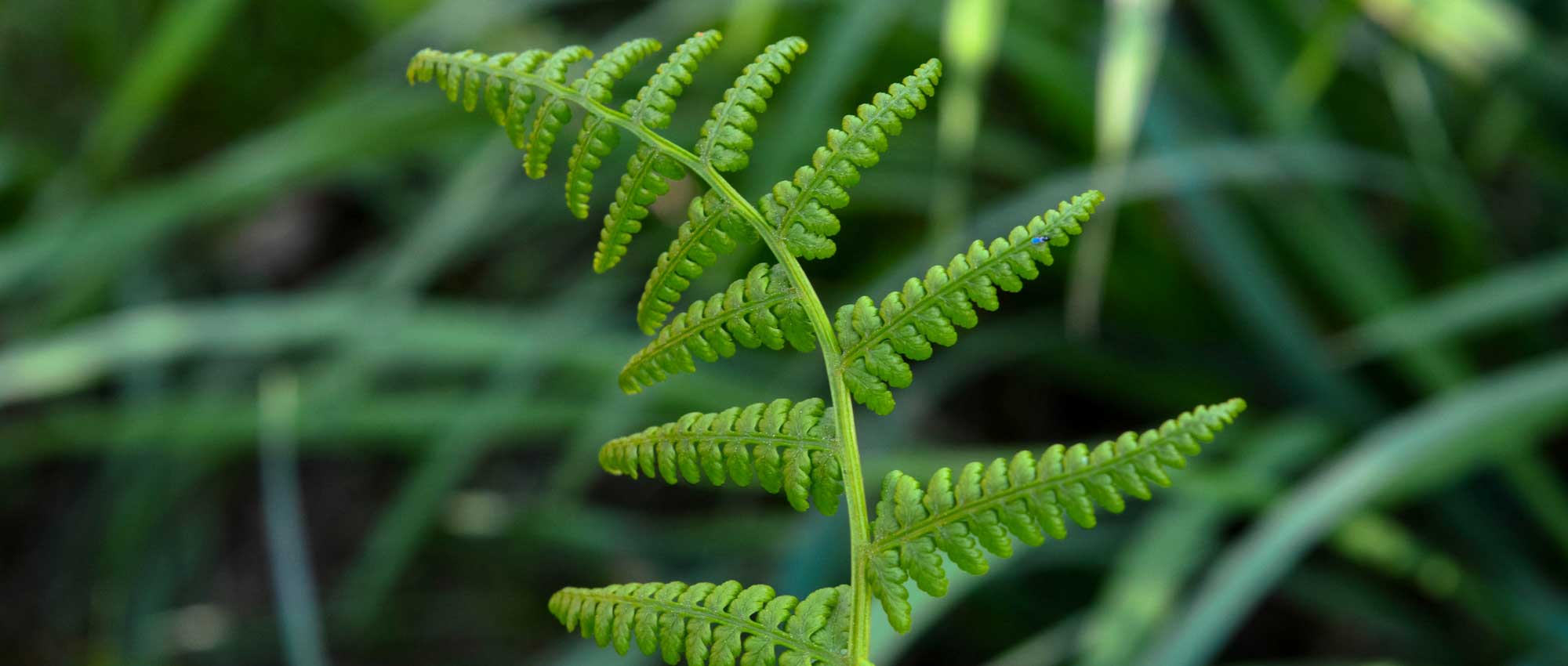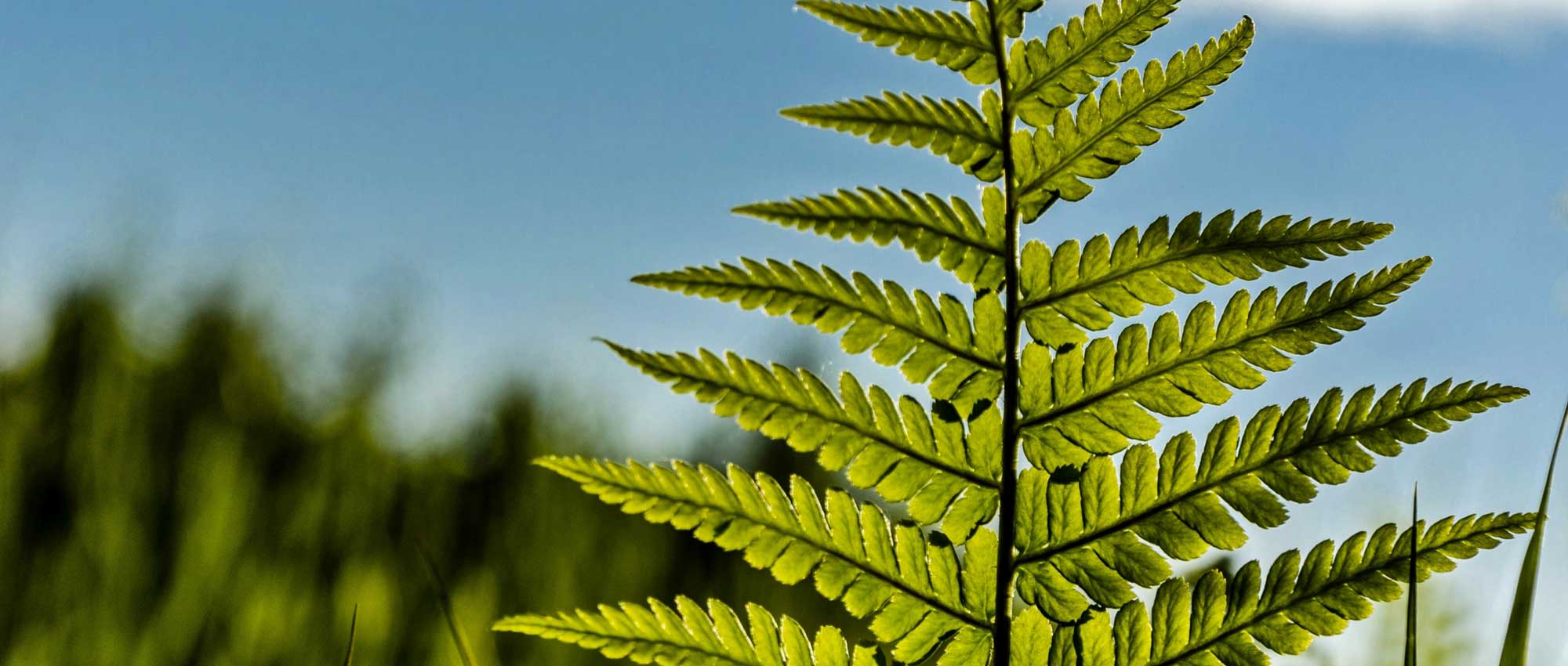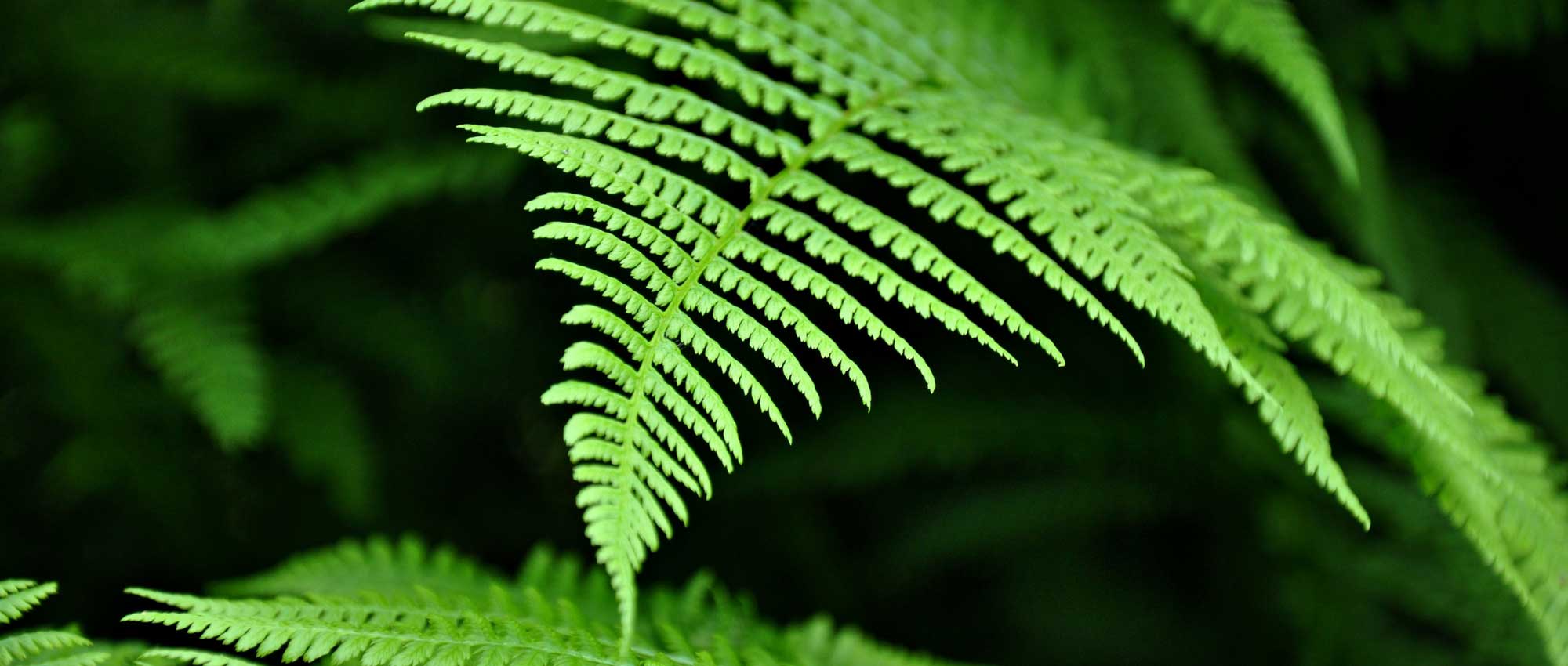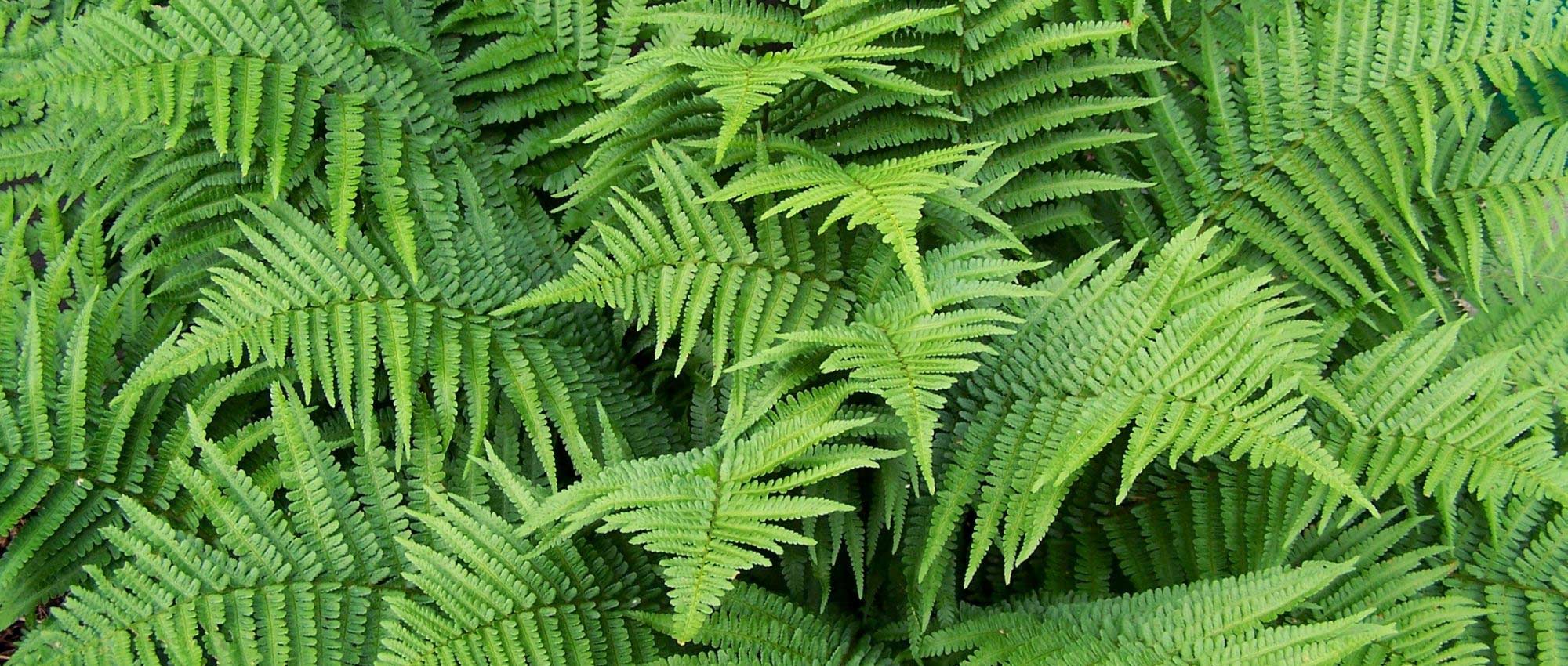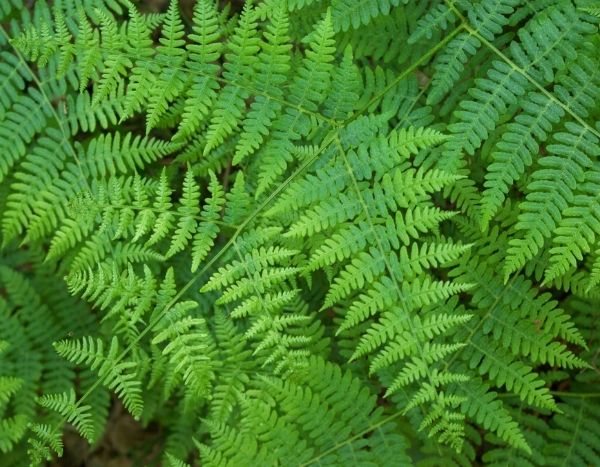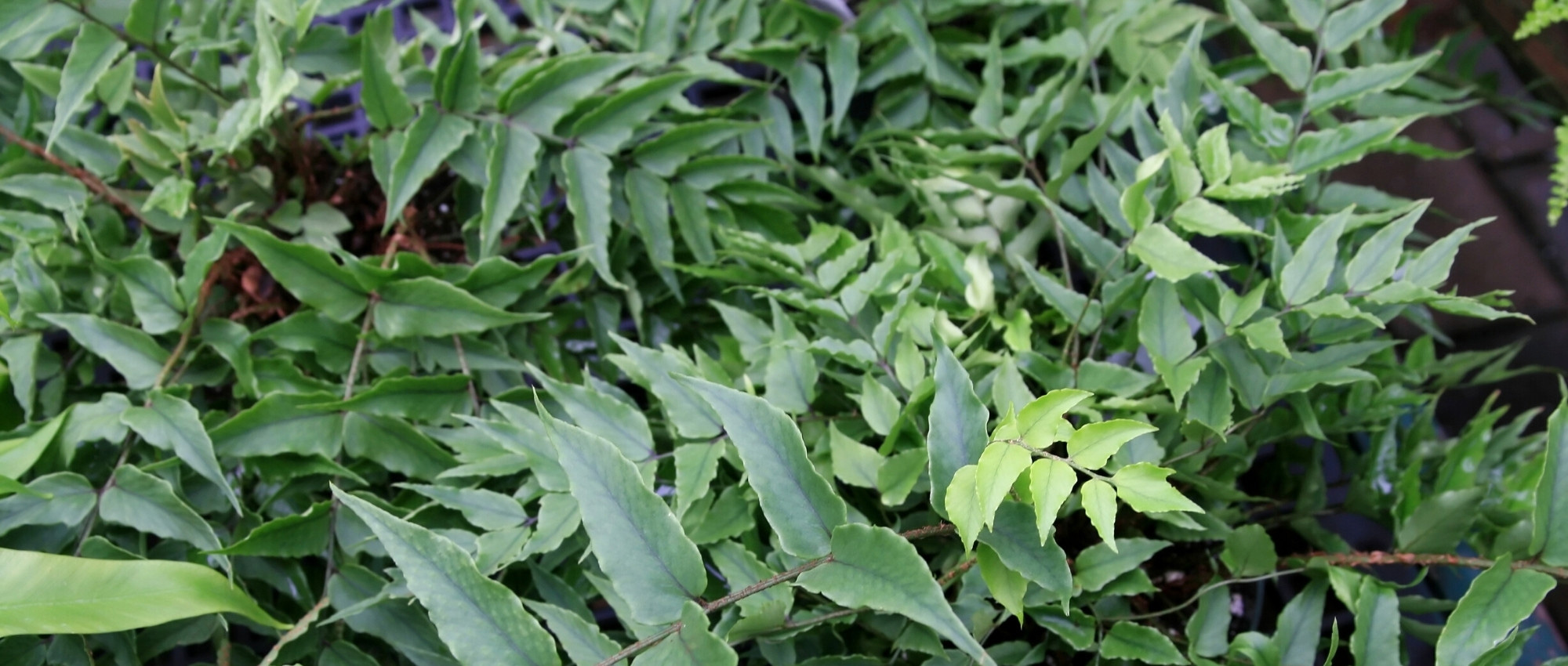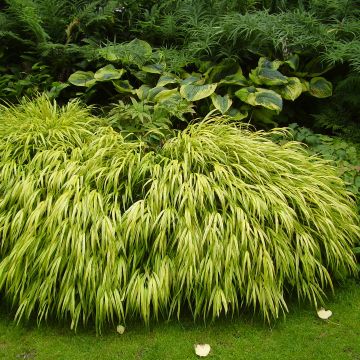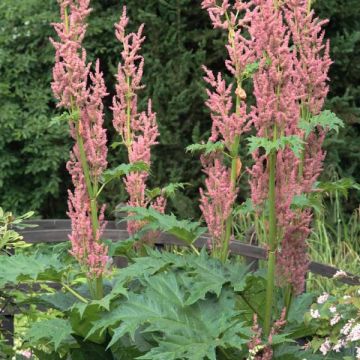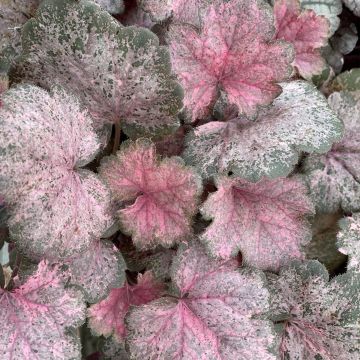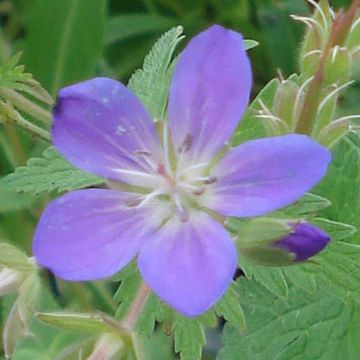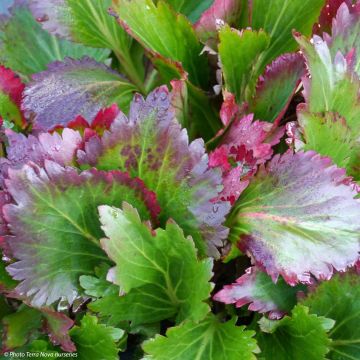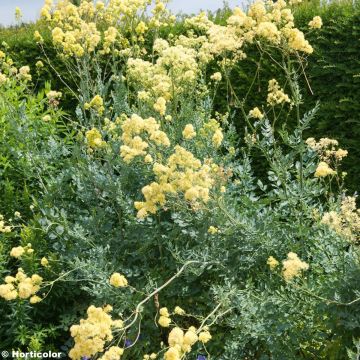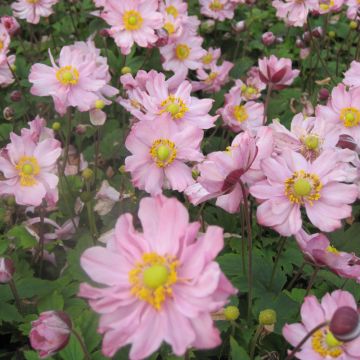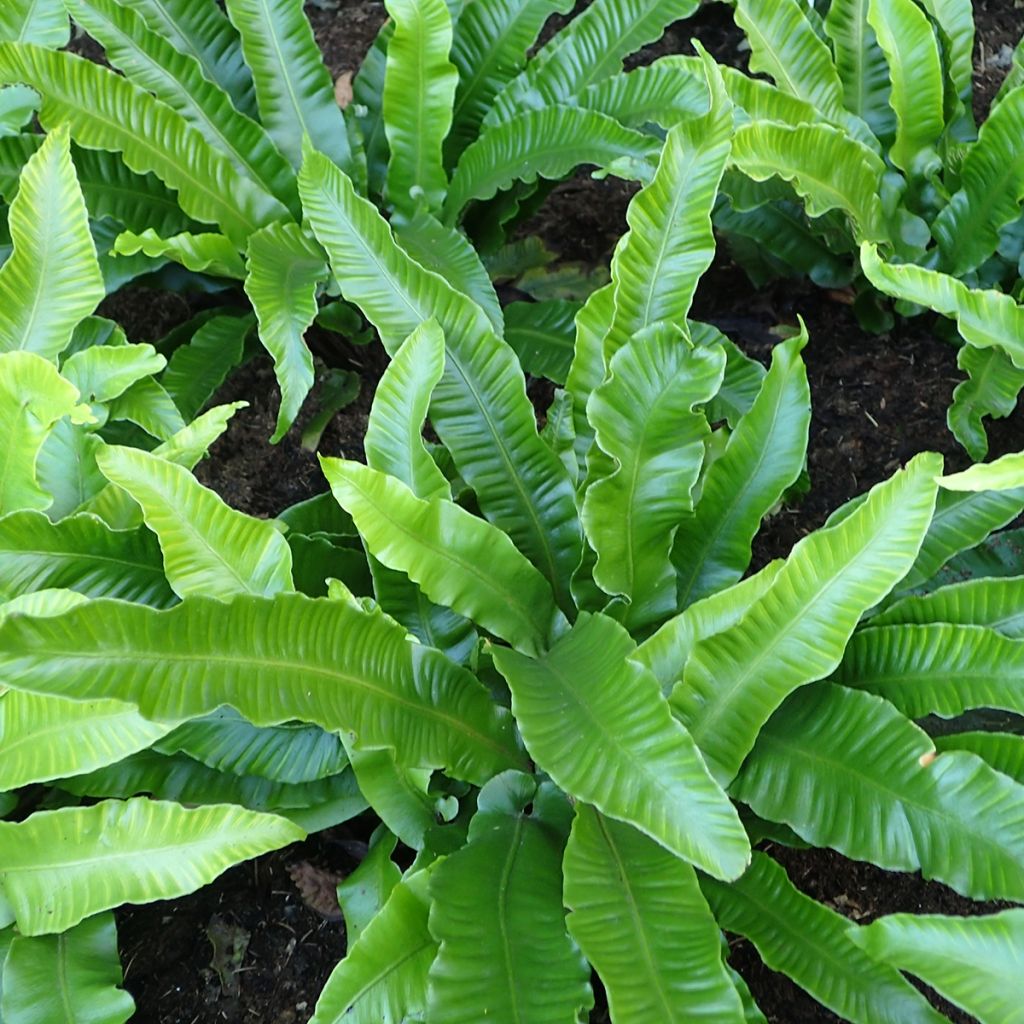

Asplenium scolopendrium Angustifolia - Fougère scolopendre


Asplenium scolopendrium Angustifolia - Fougère scolopendre
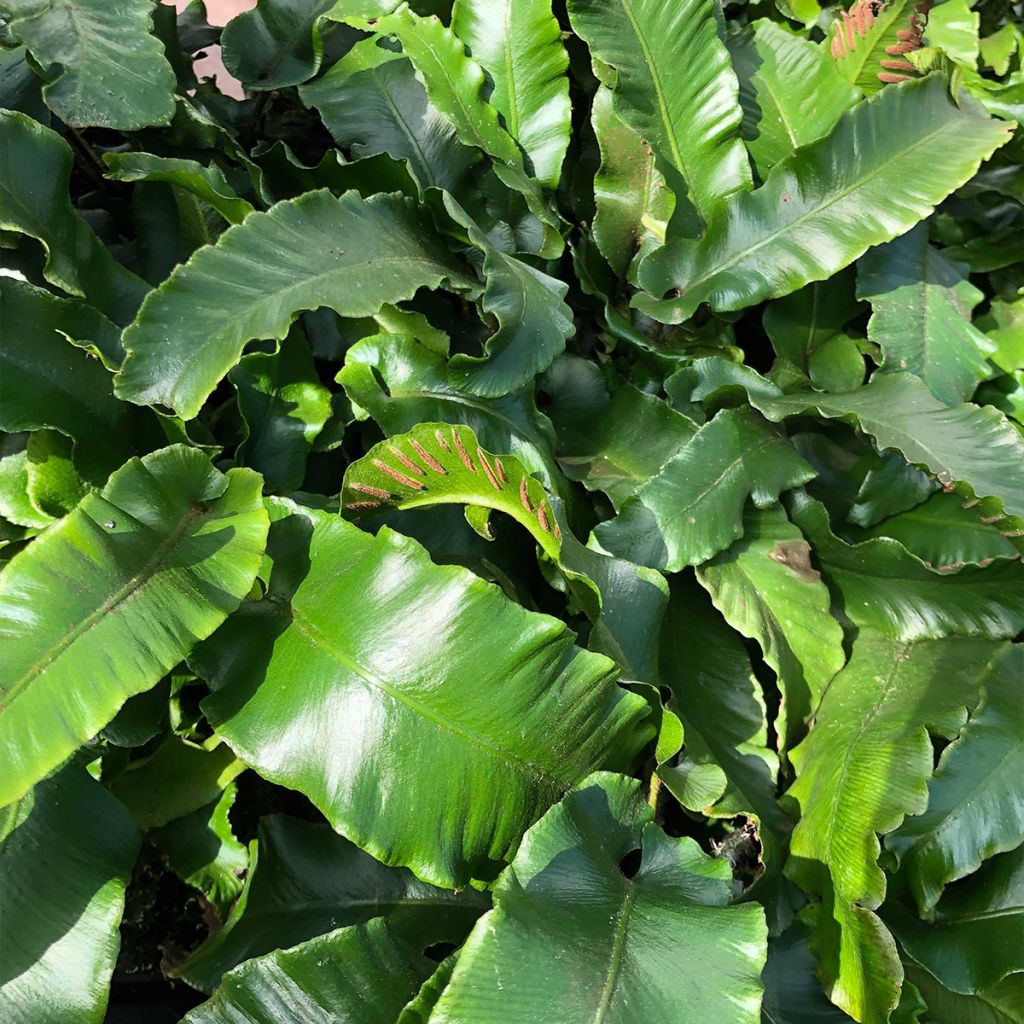

Asplenium scolopendrium Angustifolia - Fougère scolopendre
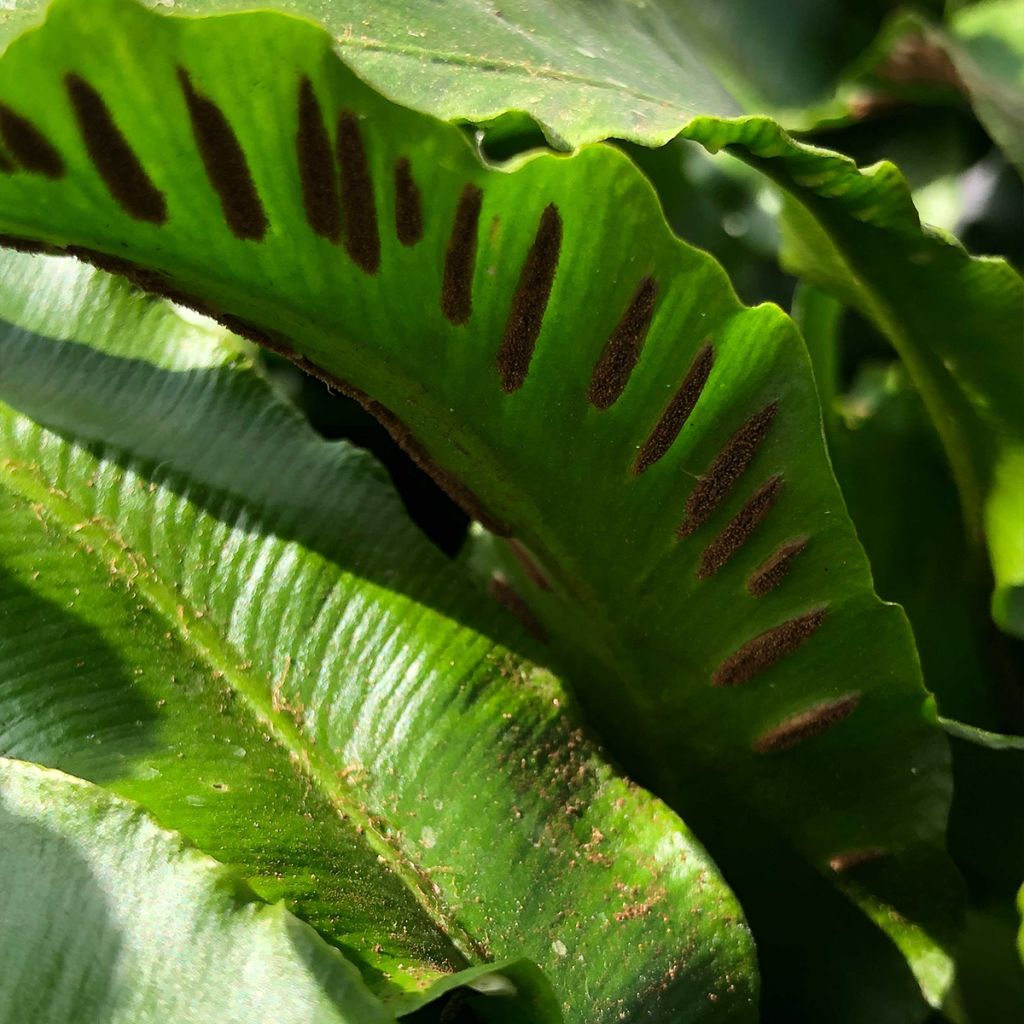

Asplenium scolopendrium Angustifolia - Fougère scolopendre
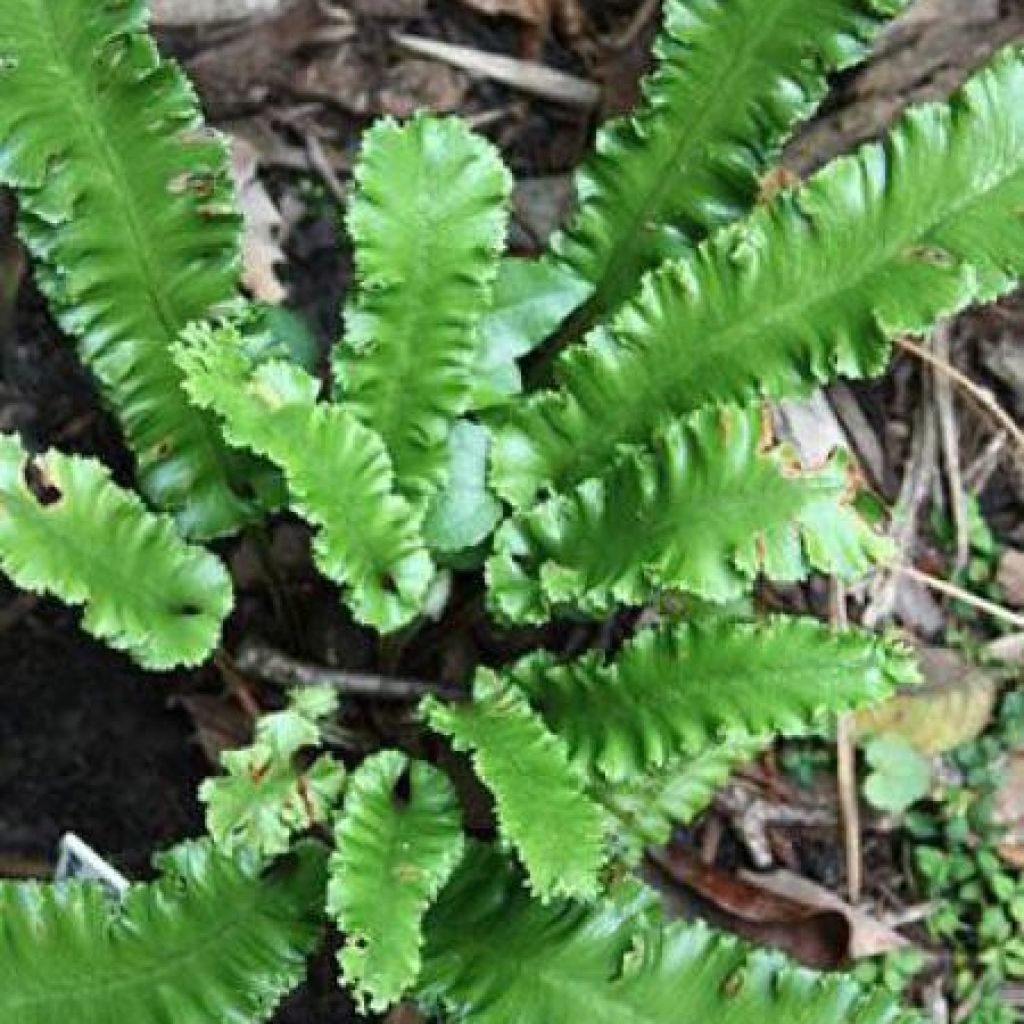

Asplenium scolopendrium Angustifolia - Fougère scolopendre
Phyllitis scolopendrium Angustifolia - Hart's-tongue fern
Phyllitis scolopendrium Angustifolia
Hart's-tongue fern, Horse tongue
Hello! This young plant arrived in a damp pot, but what concerns me a bit is that the foliage was "limp" and currently I'm keeping the plant in the greenhouse so that it can recover, but for now I find that it's getting even weaker. I'm still waiting to see if it will recover. Thank you for the rest of the order, which is doing well. Regards, Françoise
Françoise Marie, 20/02/2023
Special offer!
Receive a €20 voucher for any order over €90 (excluding delivery costs, credit notes, and plastic-free options)!
1- Add your favorite plants to your cart.
2- Once you have reached €90, confirm your order (you can even choose the delivery date!).
3- As soon as your order is shipped, you will receive an email containing your voucher code, valid for 3 months (90 days).
Your voucher is unique and can only be used once, for any order with a minimum value of €20, excluding delivery costs.
Can be combined with other current offers, non-divisible and non-refundable.
Home or relay delivery (depending on size and destination)
Schedule delivery date,
and select date in basket
This plant carries a 12 months recovery warranty
More information
We guarantee the quality of our plants for a full growing cycle, and will replace at our expense any plant that fails to recover under normal climatic and planting conditions.

Would this plant suit my garden?
Set up your Plantfit profile →
Description
Asplenium scolopendrium 'Angustifolia' is a lovely compact version with narrow and frizzy leaves of the Scolopendrium fern commonly called Deer's Tongue. The plant forms a dense clump of shiny fronds, which change from light green to dark green and persist through winter. It is an easily cultivated variety as long as it benefits from a bit of humus-rich soil and a humid environment: it will decorate a wall, a cool rockery, a waterfall, or the surroundings of a water feature throughout the year.
Asplenium scolopendrium 'Angustifolia' belongs to the Aspleniaceae family. Its parent Phyllitis scolopendrium, native to northern Eurasia, is indigenous to France. It can be found up to 1800m (5905ft) altitude in forest ravines, near streams, on the inner walls of wells, or on old shaded walls, often on limestone soil. It is a protected species in certain French regions.
The 'Angustifolia' Scolopendrium fern grows from a short and thick rhizome, covered with reddish scales. The plant slowly forms a clump about 25-30cm (10-12in) tall and 35cm (14in) wide. Its fronds are entire, in the form of long flat ribbons, 3-4cm (1-2in) wide, with a strongly undulate border. Each is carried by a short villous petiole covered with dark scales. The new leaves, of a bright light green, form in spring. Like all ferns, the Deer's Tongue does not flower, but it produces reproductive organs called sori. They are visible on the underside of the fronds. They are clusters of brownish colour more or less tinged with yellow-orange or violet, linear, large in size, oblique, and parallel to each other. These sori are quite decorative.
Asplenium scolopendrium 'Angustifolia', easy to grow and decorative all year round, has its place in our gardens. This fern also makes a nice addition to decorate a shady terrace, accompanied by hostas, for example. Also consider pairing it with cyclamens and hellebores. You can plant them in semi-shade or non-burning sun (maximum 3 hours of sun per day), but the soil should not be too dry in summer. Choose the location for your fern based on the moisture of your soil. The Deer's Tongue can tolerate some drought if it is exposed to shade. It willingly settles on a slope, in a pile of stones mixed with compost, or in a pocket of humus arranged in a wall.
Phyllitis scolopendrium Angustifolia - Hart's-tongue fern in pictures
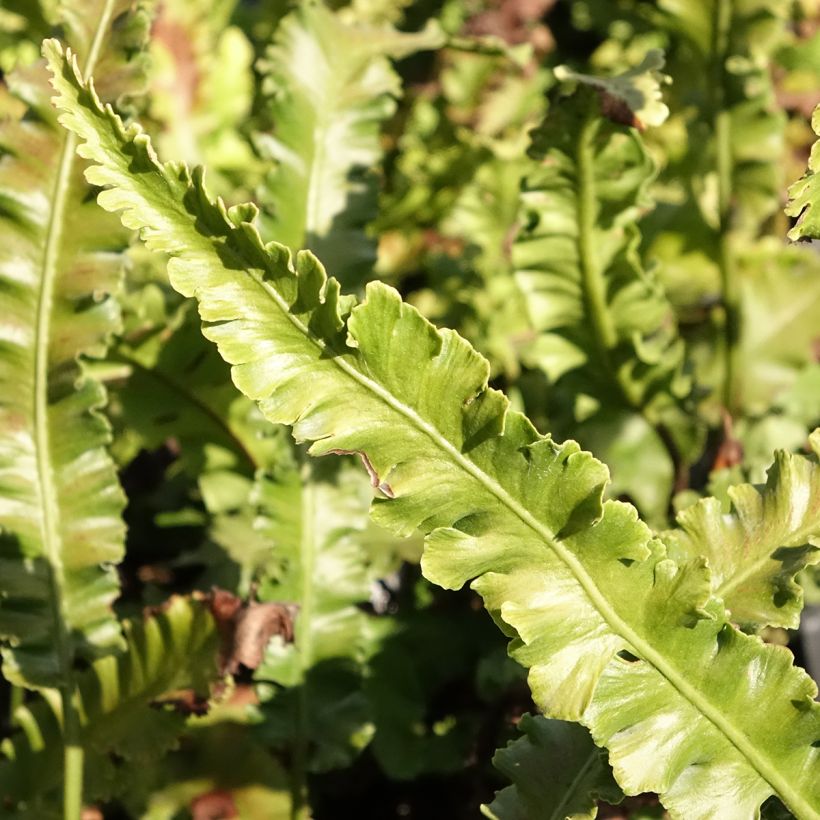

Foliage
Plant habit
Botanical data
Phyllitis
scolopendrium
Angustifolia
Aspleniaceae
Hart's-tongue fern, Horse tongue
Cultivar or hybrid
Planting and care
You can plant your young plants in partial shade or non-burning sunlight (maximum 3 hours of sun per day), but the soil should not be too dry in summer. A light soil, rich in humus or compost, that remains slightly moist at all times, will be perfect. Choose the location for your fern based on the moisture level of your soil. In March, trim the old leaves of your fern to make room for new foliage.
Planting period
Intended location
Care
Planting & care advice
-
, onOrder confirmed
Reply from on Promesse de fleurs
Similar products
Haven't found what you were looking for?
Hardiness is the lowest winter temperature a plant can endure without suffering serious damage or even dying. However, hardiness is affected by location (a sheltered area, such as a patio), protection (winter cover) and soil type (hardiness is improved by well-drained soil).

Photo Sharing Terms & Conditions
In order to encourage gardeners to interact and share their experiences, Promesse de fleurs offers various media enabling content to be uploaded onto its Site - in particular via the ‘Photo sharing’ module.
The User agrees to refrain from:
- Posting any content that is illegal, prejudicial, insulting, racist, inciteful to hatred, revisionist, contrary to public decency, that infringes on privacy or on the privacy rights of third parties, in particular the publicity rights of persons and goods, intellectual property rights, or the right to privacy.
- Submitting content on behalf of a third party;
- Impersonate the identity of a third party and/or publish any personal information about a third party;
In general, the User undertakes to refrain from any unethical behaviour.
All Content (in particular text, comments, files, images, photos, videos, creative works, etc.), which may be subject to property or intellectual property rights, image or other private rights, shall remain the property of the User, subject to the limited rights granted by the terms of the licence granted by Promesse de fleurs as stated below. Users are at liberty to publish or not to publish such Content on the Site, notably via the ‘Photo Sharing’ facility, and accept that this Content shall be made public and freely accessible, notably on the Internet.
Users further acknowledge, undertake to have ,and guarantee that they hold all necessary rights and permissions to publish such material on the Site, in particular with regard to the legislation in force pertaining to any privacy, property, intellectual property, image, or contractual rights, or rights of any other nature. By publishing such Content on the Site, Users acknowledge accepting full liability as publishers of the Content within the meaning of the law, and grant Promesse de fleurs, free of charge, an inclusive, worldwide licence for the said Content for the entire duration of its publication, including all reproduction, representation, up/downloading, displaying, performing, transmission, and storage rights.
Users also grant permission for their name to be linked to the Content and accept that this link may not always be made available.
By engaging in posting material, Users consent to their Content becoming automatically accessible on the Internet, in particular on other sites and/or blogs and/or web pages of the Promesse de fleurs site, including in particular social pages and the Promesse de fleurs catalogue.
Users may secure the removal of entrusted content free of charge by issuing a simple request via our contact form.
The flowering period indicated on our website applies to countries and regions located in USDA zone 8 (France, the United Kingdom, Ireland, the Netherlands, etc.)
It will vary according to where you live:
- In zones 9 to 10 (Italy, Spain, Greece, etc.), flowering will occur about 2 to 4 weeks earlier.
- In zones 6 to 7 (Germany, Poland, Slovenia, and lower mountainous regions), flowering will be delayed by 2 to 3 weeks.
- In zone 5 (Central Europe, Scandinavia), blooming will be delayed by 3 to 5 weeks.
In temperate climates, pruning of spring-flowering shrubs (forsythia, spireas, etc.) should be done just after flowering.
Pruning of summer-flowering shrubs (Indian Lilac, Perovskia, etc.) can be done in winter or spring.
In cold regions as well as with frost-sensitive plants, avoid pruning too early when severe frosts may still occur.
The planting period indicated on our website applies to countries and regions located in USDA zone 8 (France, United Kingdom, Ireland, Netherlands).
It will vary according to where you live:
- In Mediterranean zones (Marseille, Madrid, Milan, etc.), autumn and winter are the best planting periods.
- In continental zones (Strasbourg, Munich, Vienna, etc.), delay planting by 2 to 3 weeks in spring and bring it forward by 2 to 4 weeks in autumn.
- In mountainous regions (the Alps, Pyrenees, Carpathians, etc.), it is best to plant in late spring (May-June) or late summer (August-September).
The harvesting period indicated on our website applies to countries and regions in USDA zone 8 (France, England, Ireland, the Netherlands).
In colder areas (Scandinavia, Poland, Austria...) fruit and vegetable harvests are likely to be delayed by 3-4 weeks.
In warmer areas (Italy, Spain, Greece, etc.), harvesting will probably take place earlier, depending on weather conditions.
The sowing periods indicated on our website apply to countries and regions within USDA Zone 8 (France, UK, Ireland, Netherlands).
In colder areas (Scandinavia, Poland, Austria...), delay any outdoor sowing by 3-4 weeks, or sow under glass.
In warmer climes (Italy, Spain, Greece, etc.), bring outdoor sowing forward by a few weeks.






























